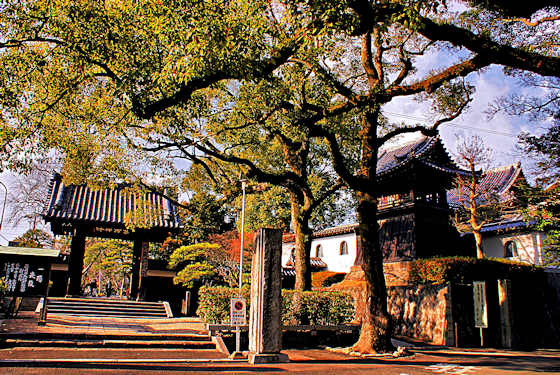Tuesday, October 5, 2021
Best Vantage Point in Japan
Labels:
akashi,
awaji,
bridge,
observation deck,
viewpoint
Sunday, October 3, 2021
Jyokoji Temple 8 Shodoshima Pilgrimage
Friday, October 1, 2021
Fudoji Temple 10 Kyushu Pilgrimage
Dainichisan Fudo-ji, temple 10 on the Kyushu Pilgrimage is located in a residential district of Nishimuta, south of Kurume in Fukuoka. The sun had just risen as I arrived.
Wednesday, September 29, 2021
Lost in the Mountains Day 3 of the Chugoku Kannon Pilgrimage
Well actually lost is a bit of an exaggeration. I knew exactly where I was, I was in Mitsukitano, a rather secluded mountain village north of Okayama City. The problem was the road I had planned on taking simply no longer existed, and the alternative was a lengthy detour.
There are many factors that influence my choice of routes, I prefer smaller roads if possible, and I prefer to do as little climbing as possible, and often I am tempted to make detours that take me to interesting sites.
So, here I was in Mitsukitano, and across from me I could see the golf course scarring the hillside. My destination lay down there about 1k away between the two mountains, but the road that googlemaps told me should exist did not. It probably did exist at some point in the not-too-distant past. This was not the first time I had been put in this position by following maps, and it would certainly not be the last.
Labels:
chugoku33
Monday, September 27, 2021
Bairinji Gaien the Outer Temple Garden
Saturday, September 25, 2021
Bairinji Zen Temple
Bairinji
Wednesday, September 22, 2021
A Long and Delightful Day 51 on the Kyushu Pilgrimage
However, the highlight of the day was a visit to something I could see not long after visiting the first temple, but which still took a couple of hours to reach...... The Kurume area is not a well known tourist destination, but I hope you will join me over the next week or two as I post photos of some of the surprising delights I found....
Monday, September 20, 2021
Flowers of Taketomi Island
Taketomi 竹富島
Subscribe to:
Posts (Atom)


































































